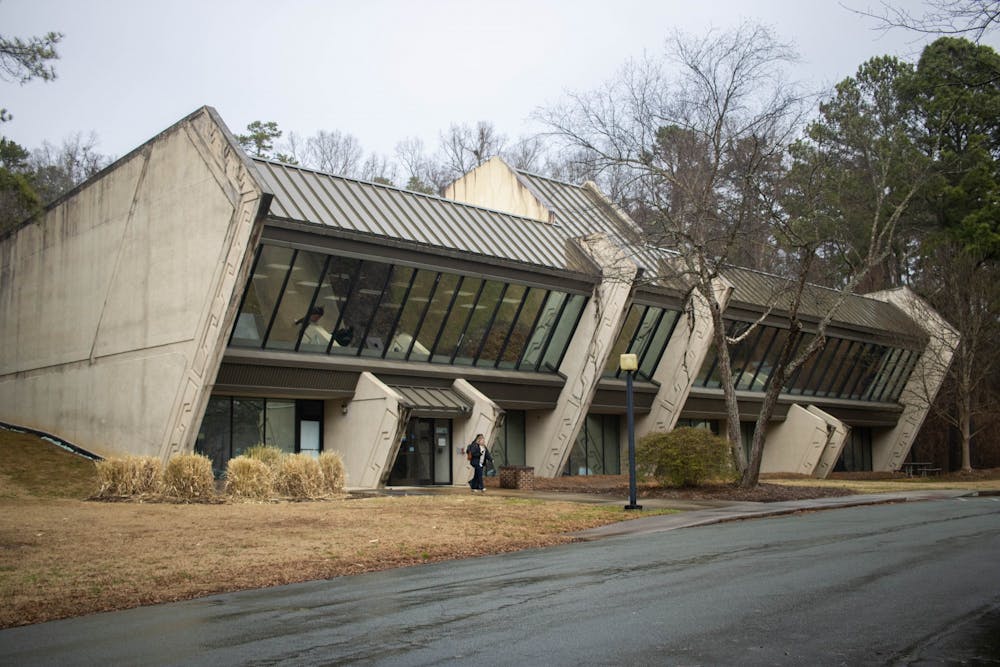On April 21, the Town of Chapel Hill hosted an open house at the Chapel Hill Public Library for residents who wanted to learn more about the presence of coal ash at the 828 Martin Luther King, Jr. Blvd site. Attendees were encouraged to provide recommendations on what should be done with the land.
“This is really just another way for us to keep the public informed in a casual way, where the public can go from board to board, read more about some of the historical context and the details of the timeline moving forward,” the Town's Community Relations Manager Shay Stevens said.
The property currently hosts the Chapel Hill Police Department headquarters, and, according to the Town's website, the coal ash and construction debris materials were discovered in 2013.
Town of Chapel Hill staff plan to update the Town Council in June on community feedback and information about the property.
At the open house, Town Community Sustainability Manager John Richardson said Chapel Hill is trying to be thoughtful about safety because of the heavy metals in coal combustion products found on the property. He said you can become exposed to these metals through ingestion or by digging through the material.
“Really, it's about preventing access to [coal combustion products], because long-term exposure to these materials can be carcinogenic,” he said.
Town Council Member Melissa McCullough said if the entire site is remediated, then the Town would be sending it to a different, low-income town. The Town does not have a spare $20 million in its budget to remediate the site, she said, and they have to determine what tradeoffs to make for the site.
“This is the presence of toxic material that needs to be managed in order for it to be safe,” McCullough said. “I personally do not believe that that means it all needs to be dug out.”
The North Carolina Department of Environmental Quality sent a signed Brownfields Agreement to the Town of Chapel Hill on Dec. 30, 2024. A brownfields agreement outlines specific steps a developer can take to clean up or remediate a property, which has been affected by environmental contamination that has hindered its redevelopment.




